Game Changers
GAME CHANGERS
Surgery will move into a new phase, incorporating AI, enhanced instrumentation and enhanced visualization. At the same time, some conditions previously treated with surgery will be treated with non-invasive methodologies.
Surgery 4.0 Verb Surgical, a joint venture between Johnson & Johnson and Verily (formerly Google Life Sciences) proposes a new paradigm: digital surgery.
Platform, not robot Flexible digital surgery platforms will allow for a la carte selection of appropriate technology. Advanced imaging and machine learning algorithms, but not robots, may be required for one procedure; robots may be added for another.
An App Store for surgery? Open platforms allow for plug and play of different functionality (instrumentation, visualization, robotics), giving the surgeon unmatched flexibility. Currently, a surgeon is “locked into” using a particular robot’s instrumentation and visualization and software. In 10 years, a surgeon will be able to choose visualization from one company, instrumentation from another.
Standardization and improvement of surgeons’ performance As in manufacturing, digital surgery platforms will use information and standardized processes to reduce variability, optimizing surgeons’ outcomes across the board.
PILLARS OF DIGITAL SURGERY
-
01
ROBOTICS
-
02
ADVANCED IMAGING
-
03
MACHINE LEARNING
-
04
ADVANCED INSTRUMENTATION
-
05
BIG DATA
THE PACE OF TECHNOLOGICAL DEVELOPMENT WILL BE FAST
Autonomous driving is a difficult machine learning problem. It relies on multiple inputs, constant surveillance of the environment, constant adjustment. Autonomous vehicles will likely be fully functioning within three years. Having cracked the code that allows for control in high-risk situations like driving, the machine-learning workforce that gave us autonomous cars will turn its attention to a new challenge: surgery.
Because soft tissue is deformable and moves easily, robotic manipulation of it presents a more challenging machine learning problem (more movement = more data inputs) than operating on fixed or rigid targets.
The majority of robotic surgery platforms focus on fixed targets:
-
ELECTRODE PLACEMENT IN THE BRAIN TO TARGET EPILEPTIC FOCI
-
ABLATION (FOR CARDIAC ARRHYTHMIAS)
-
STENT PLACEMENT
-
SPINE SURGERY
-
JOINT REPLACEMENT & OTHER ORTHOPEDIC
-
HAIR TRANSPLANTS
Currently, robot assistants help plan surgery and/or aid the surgeon in performing it by enhancing dexterity or removing the surgeon from dangerous environments (radiation in endovascular procedures, for example). As haptic feedback, visualization and device dexterity improve, robots will increasingly take over more tasks for any given procedure.
The incorporation of AI into surgical platforms will have profound effects in dynamic surgical environments, like soft tissue. The da Vinci platform essentially enhances the surgeon (better dexterity, better visualization, better access). In the next 10 years, we will see robots start to autonomously perform discrete (but complicated) surgical tasks like the anastomosis of bowel. Once AI is built into platforms, robots will not just assist in key components of surgery, they will perform entire surgeries themselves, allowing a single surgeon to oversee multiple operations.
Robots will get smaller, allowing for more flexibility (to use in a broad range of procedures) and better access to difficult sites.
-
Pre-1846
Limited by both pain and infection, surgery treats primarily external conditions
-
1846
First surgical case performed with anesthesia
-
1868
First successful gallbladder operation
-
1890’s
Germ theory of disease; surgical antiseptic techniques become more widespread
-
1928
Alexander Fleming discovers penicillin
-
1953
First open-heart surgery performed with the use of a heart-lung machine
-
1985
First robot-assisted surgery, for hip replacement
-
1987
First laparoscopic cholecystectomy performed with video
-
2000
FDA approval for Intuitive Surgical’s da Vinci platform
-
2012
400,000 robotic surgeries (all types) performed in the US, with an annual growth rate of 25%
-
2016
95% of radical prostatectomies performed by robots
-
2020
753,000 yearly surgical procedures with the da Vinci system alone
-
2030
First robotic heart transplant
-
2035
Robots routinely perform soft-tissue surgical tasks autonomously, like anastamosing bowel
-
2045
Majority of surgical tasks are performed by robots overseen by humans
-
2117
Nanosurgery—the end of invasive procedures
